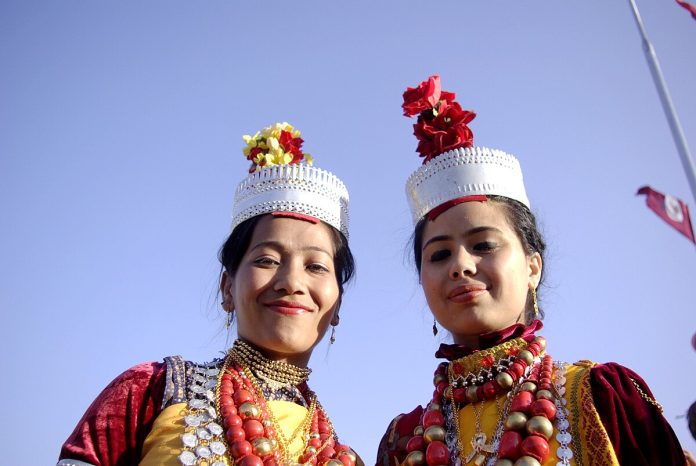Traces kinship through the female line. This social system identifies with the mother’s lineage, including inheritance of property and title. This line of descent is from a female ancestor to a descendant of either gender. In this type of society, the woman is all-powerful.
In the late nineteenth century, all prehistorians and anthropologists believed that early human kinship everywhere was matrilineal. Humanity’s earliest domestic institution was not the family but the matrilineal clan. But 20th-century social anthropologists considered the Matrilineal Priority untenable.
In recent years, evolutionary biologists, geneticists, and paleoanthropologists have been reassessing the issues, citing genetic and other evidence that early human kinship may have been matrilineal after all. Women among sub-Saharan African hunter-gatherers have chosen to reside after marriage not with their husbands’ family but with their own mother and other natal kin. Another line of argument is that when sisters and their mothers help each other with childcare, the descent line that is to be matrilineal rather than patrilineal.
In India, the Khasi community of Meghalaya is a matrilineal society. Here, children receive their mother’s last name, husbands move into their wives’ home, and the youngest daughters inherit the ancestral property.
There are many theories about the origin of the Khasis. Khasis come from seven divine clans. Historians believe that Khasis are traced to an ancient Austric race in Southeast Asia. Khasis migrated west to the mountains and foothills of northeastern India. Their language, Khasi, is similar to Mon-Khmer dialects.
Today, most Khasis live in Meghalaya. Some populations of Khasis live in Bangladesh and Assam. Khasi matriliny shares similarities with the world’s other handful of matrilineal societies. Wealth and property pass from mother to daughter, and descent through the mother line. Khasis live in close-knit extended families or clans.

Daughters have the liberty to live in their ancestral home or move out; the youngest daughter, who is the custodian of the property, never leaves home. She looks after her parents and eventually becomes the head of the household after her mother’s death.
A Khasi woman never joins her husband’s household; rather, he joins hers.
Meghalaya is a matrilineal society with patriarchal nuances.
Fathers do not contribute financially to their children and wife; the father would provide money for his sisters and parents. The father would come to his wife’s home late at night and in the morning he is back at his mother’s home to work in the fields.
The birth of girls is celebrated as much as the birth of boys, but the Khasi woman is all-powerful. Modern scholars feel differently. Children carry their mother’s name; they are neither here nor there. Men do not feel secure enough in their wife’s home nor their own family because they have left their parental home.
(The views expressed are the writer’s own.)

Radhakanta Seth is an Former-Income tax officer in Sambalpur. He is a Freelance writer and his articles have been published in some Oriya dailies like Sambad, Samaj, Dharitri and English dailies like The Telegraph and in a sociological journal ‘Folklore’ published from Kolka

